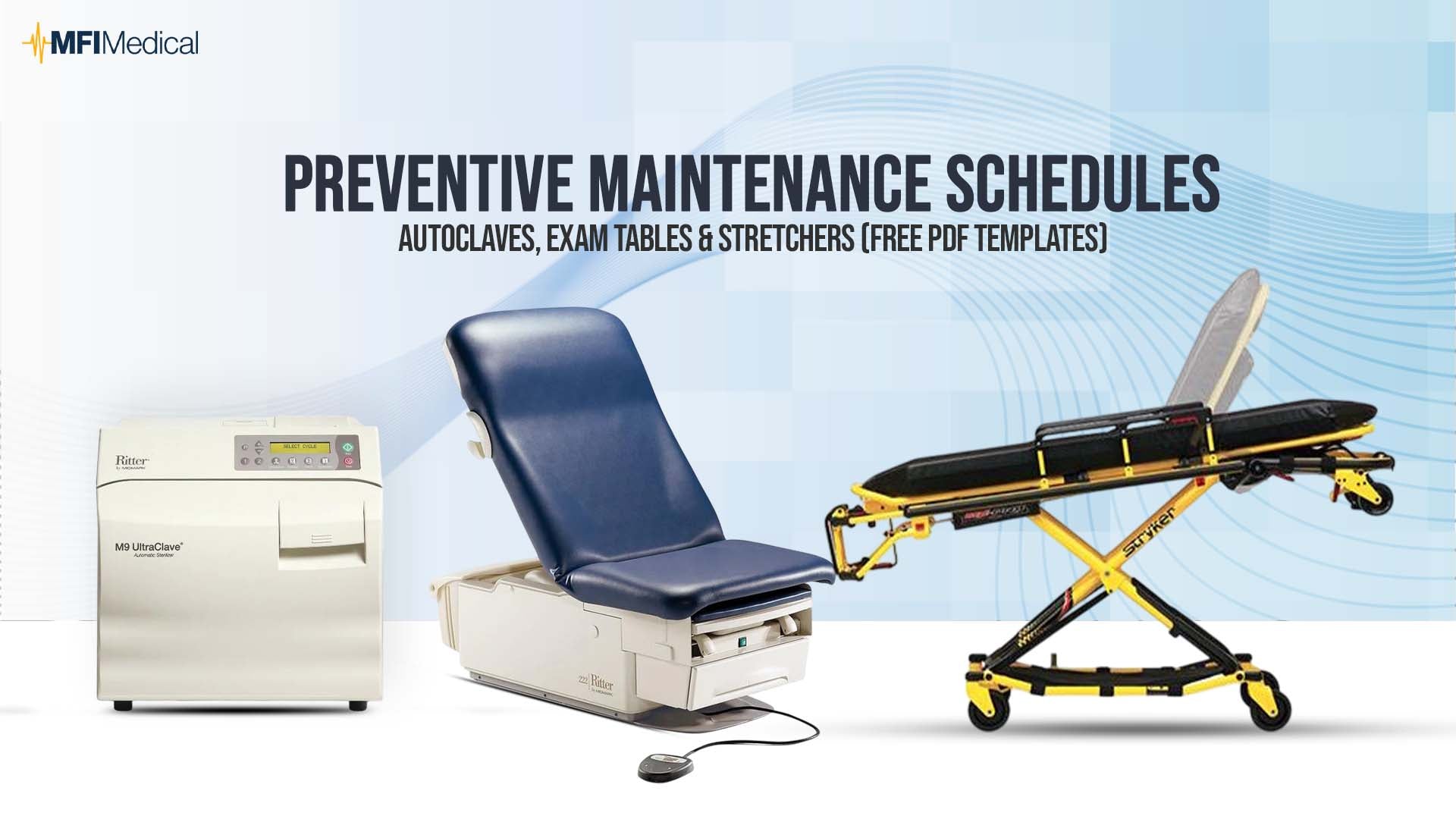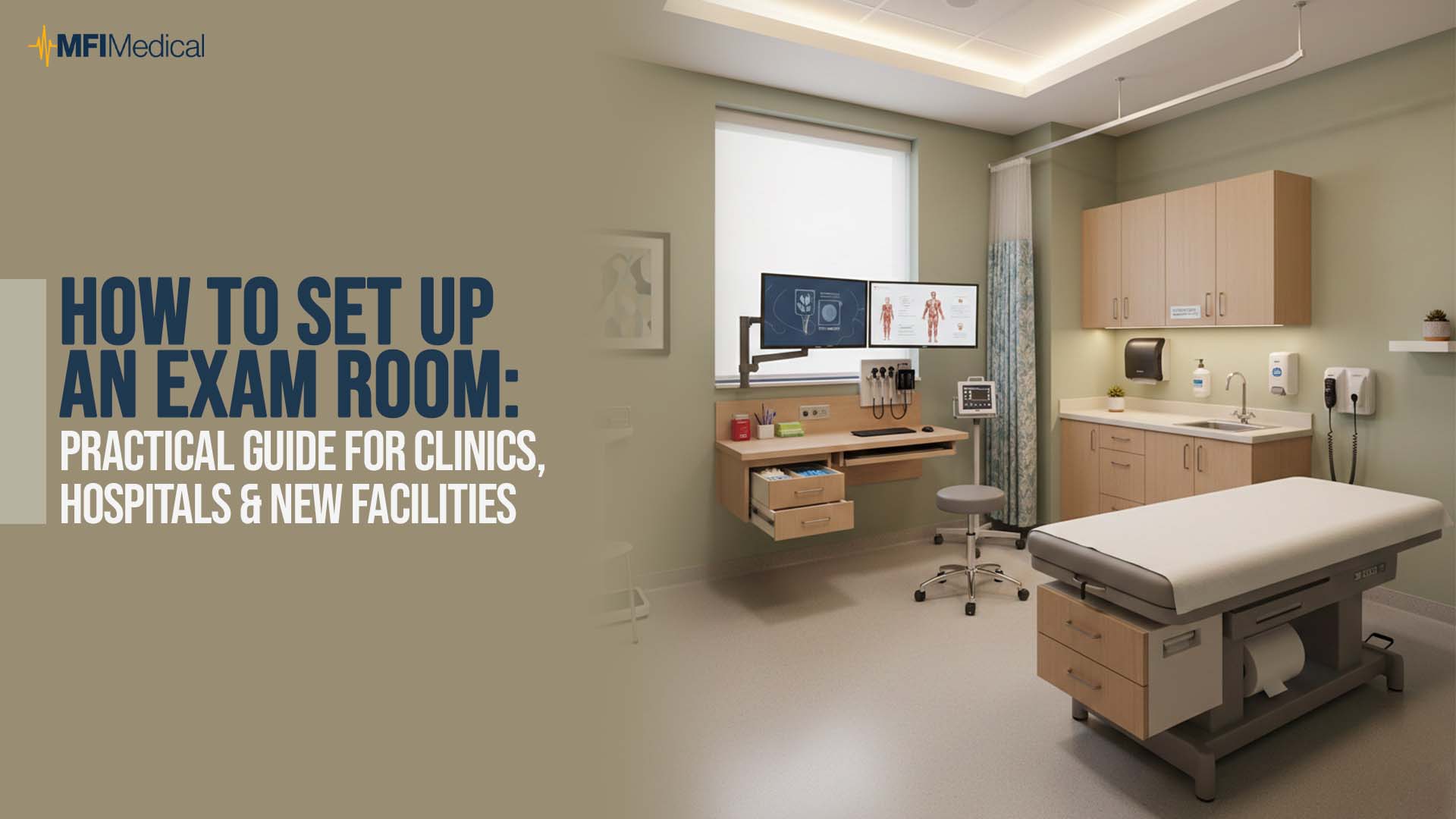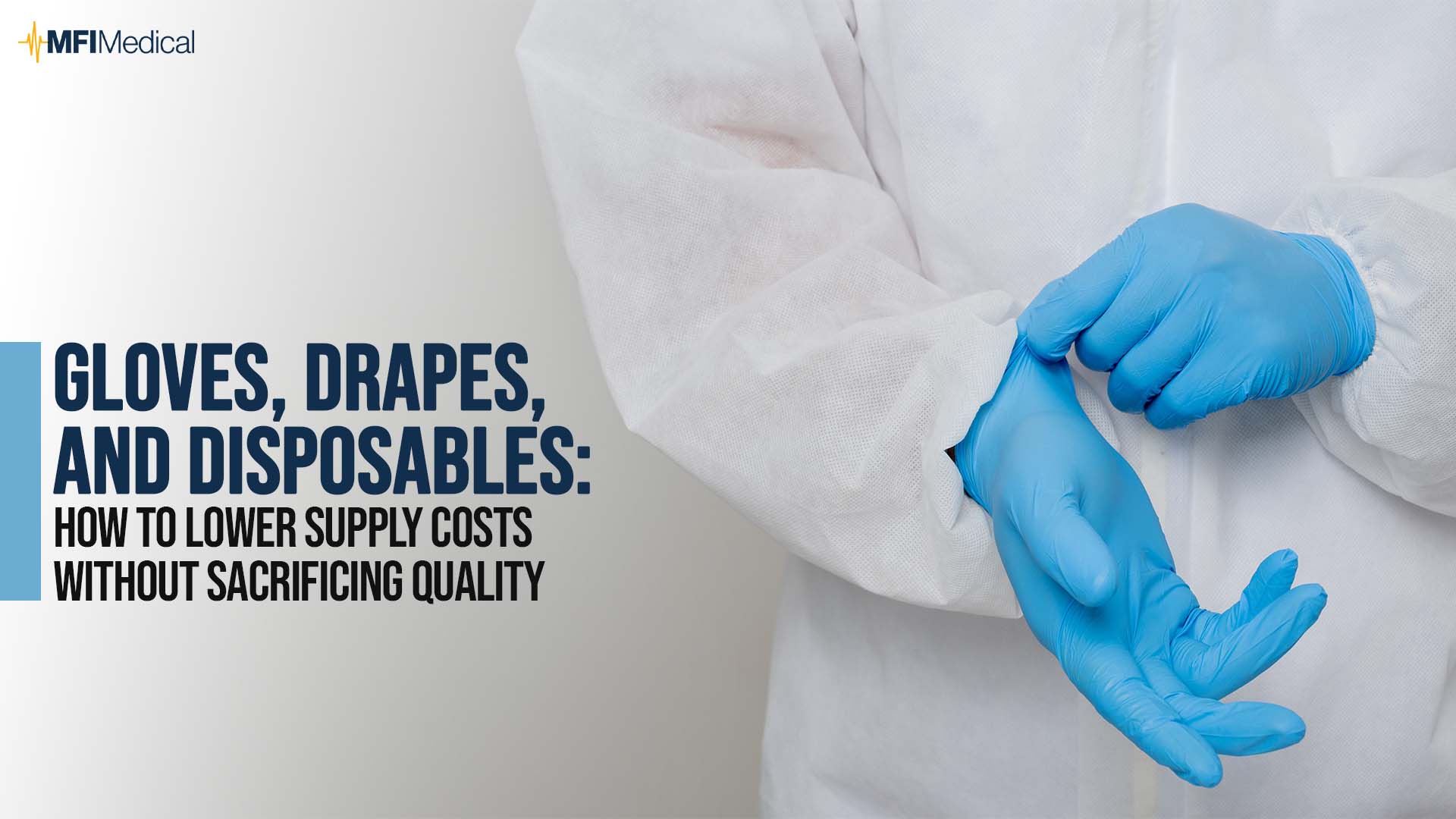Just having the best stretcher on the market doesn't mean you'll be fully prepared for the situations to come. We break down five essential accessory categories that every ambulance stretcher should be equipped with, to ensure that you're best prepared for the road ahead.
Restraints
Restraints are absolutely necessary to keep patients safe and secure in the stretcher, as well as to prevent them from injuring themselves further. When selecting restraints, it's best to go with the same brand of restraints as your stretcher, to ensure that they'll work seamlessly.
Some examples of restraints include wrist and ankle restraints, shoulder restraints, and waist harnesses. There are also "quick" restraints available, which can be slipped on or clipped in for a fast getaway.
Extra Storage
There's no question that having storage space is essential as well, but with a stretcher's small footprint it can be difficult to carry a lot of equipment. Ferno offers "extra hand" brackets, where first responders can hang equipment from the frame, as well as a lower shelf storage tray for the X-frame stretchers. The lower shelf storage utilizes the empty space between the wheels to store other vital equipment. The tray doesn't need to be removed, as the wheels don't bend when folded up.
Tank Holders and Poles
Oxygen is another essential rescue tool, but the tanks themselves can be cumbersome. To alleviate this problem, there's oxygen bottle holders that can be attached to the backrest or head of a stretcher. This way, they can be easily accessed without needing to be carried, or obstructive to other life-saving equipment. Ferno and Stryker both offer oxygen bottle holders.
Similarly, an IV pole can be attached to the stretcher to hang IV bags from. This frees up hands for first responders to address the patient's needs, instead of carrying the IV bags themselves, or having the IV bag snag on another piece of equipment.
Added Handles
While most stretchers are lightweight or have a power-assist feature (such as Stryker), there are push/pull bars and lifting handles that can increase the versatility of these stretchers. For heavier patients or stretchers loaded with life-saving equipment, a push/pull handle can help quickly maneuver the stretcher with less strain on the first responder. In a similar fashion, the lifting handles can assist responders in lifting loaded stretchers into emergency vehicles.
Surface Boards
While ambulance stretchers are designed to fit a majority of the population, special accommodations should be made for larger patients and young children. This ensures that patients stay secure during transport, no matter their size. Ferno offers Large Body Surface (LBS) Boards and Medkids Baby Boards, both of which can be attached to existing stretchers for a more secure surface area.
The LBS Board increases the surface area on the stretcher to better support a bariatric patient who may not fit on a traditional stretcher. These boards aren't permanent and can be removed anytime. On the opposite side of the spectrum, young children and especially infants are too small for the standard stretcher. The "baby boards" can be separately secured to the stretcher and use child-sized straps to keep infants and children from becoming further injured during transport.
Now that you've had a taste of just a few of the accessories, we invite you to explore our other ambulance stretcher accessories. Get the best for your emergency response team and feel better prepared for any emergency situation. Feel free to give us a call or jump on the chat box down below to let us know if you have any questions.




